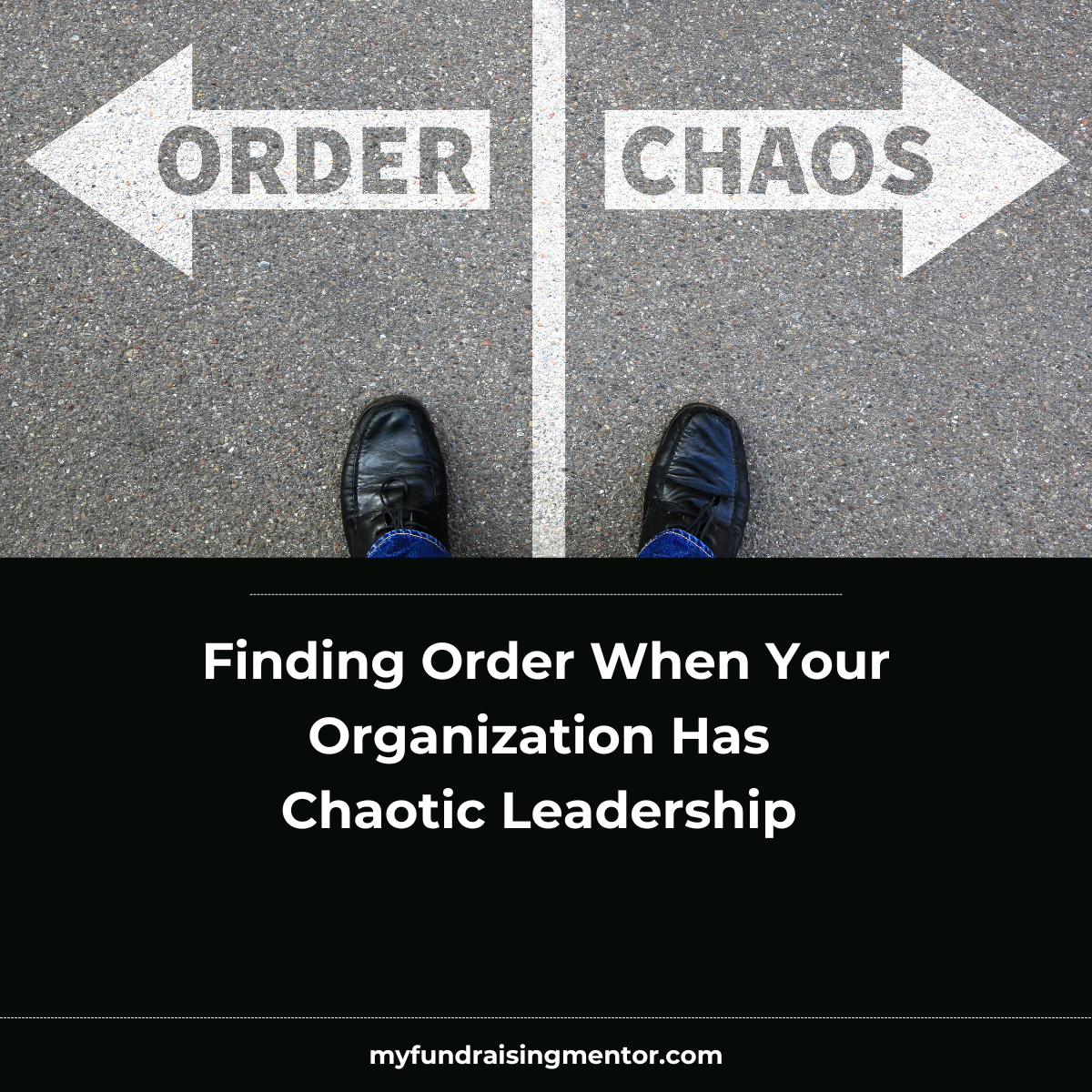Discussing core values with your team is crucial for many reasons. Firstly, when everyone understands and embraces the organization’s core values, it fosters a sense of unity. It’s as if everyone is moving in the same direction, which makes collaboration much smoother.
Next, having open conversations about values builds a positive workplace culture. When people feel that their values are considered, they’re more likely to feel respected and included. This environment boosts morale and makes people enthusiastic about coming to work.
Also, when employees discuss values, they tend to feel more invested in their jobs. Knowing that their values matter can motivate them and strengthen their commitment to the organization.
Another great benefit is that clear values guide decision-making. They act like a compass, helping everyone navigate choices and actions consistently. This can lead to better team outcomes overall.
Plus, organizations that highlight their values often attract and retain talent more effectively. Today’s Job seekers are looking for workplaces where the culture aligns with their values. Employees tend to be happier and more loyal when a company has a strong value-driven culture.
Let’s remember that discussing values can also assist when conflicts arise. When there’s a disagreement, referring to those shared values can help navigate the resolution process.
Lastly, strong values can significantly strengthen how the organization is perceived internally and externally. Companies known for their commitment to solid values cultivate trust with donors and other stakeholders, providing them with a competitive advantage.
Discussing values isn’t just a nice thing to do; it’s essential for building a thriving organization!

